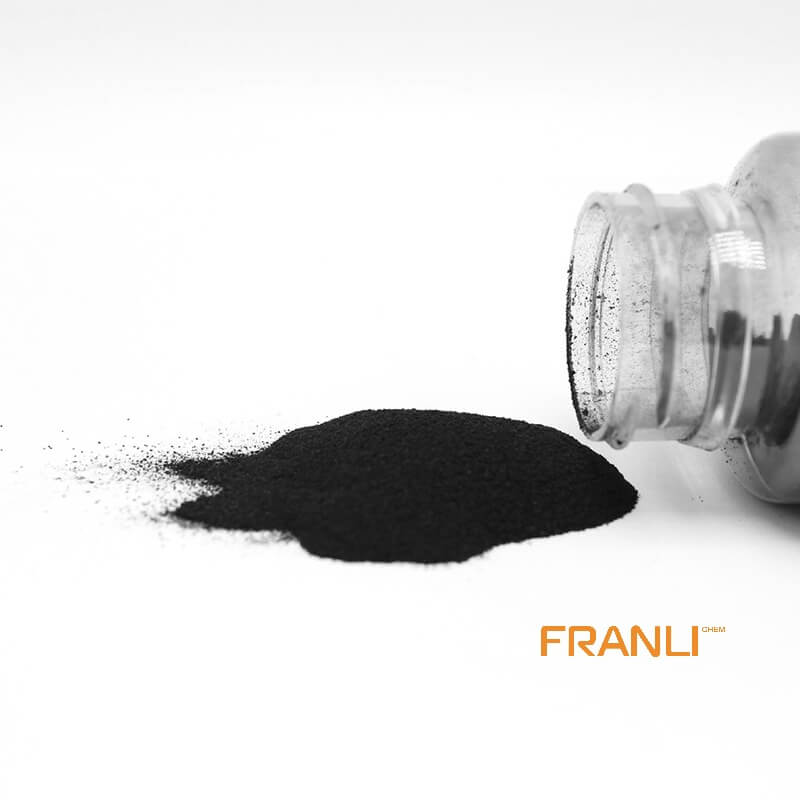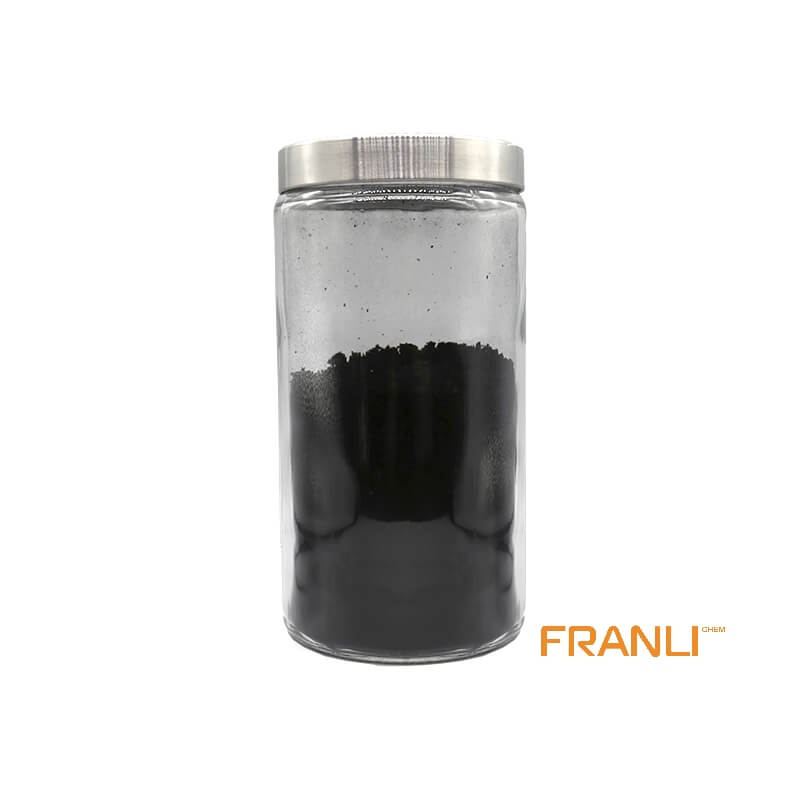

Graphene
Size
1-2nm thick x 0.5-5microns wide
Package
According to customer requirements
Features
High strength, high electrical conductivity, etc.
Application
Can be used as filler(between 0.01% and 5%).
Graphene, as the thinnest, toughest and best conductive nano material found at present. It is a two-dimensional crystal composed of carbon atoms stripped from graphite material with only one layer of atom thickness. Known as “black gold”, it is “the king of new materials”. Scientists even predicted that graphene “will completely change the 21st century”.
Request a quoteAs the most subversive “king of new materials” in the 21st century, graphene has not only become a research hotspot in the fields of new materials, energy, electronics, medicine, and environmental protection, but also has broad application prospects in the field of agriculture. The demand for new energy and new materials in modern society is getting stronger and stronger, there are different ways to carry out the scientific and technological development of agriculture at home and abroad.

At present, graphene agricultural science and technology innovation has entered a critical period. On the basis of forming a strong R&D atmosphere, carrying out preliminary experimental research, and clarifying the specific R&D direction, in order to accelerate the integrated development of graphene industry and modern agriculture, it is necessary to focus on R&D resources, production resources, promotion resources, and break through cross-border barriers. Fully open the research and development of graphene agricultural science and technology, attract investment and talents and test demonstrations, promote the integration of advantageous resources of government, industry, academia and research, and accelerate the vigorous development of the graphene agricultural science and technology industry.
Application of foreign graphene in agriculture
①Research at home and abroad has shown that graphene heating, as a new heating method, can not only be used for house heating, but also widely used in vegetable greenhouses, flower cultivation, agriculture and forestry seedlings, grain drying, soil insulation, chick hatching, special aquaculture and other industries superior;
②Graphene nanomaterials are properly added to the soil, which is conducive to seed germination and seedling growth, and is conducive to improving crop yield and quality;
③When properly added to fertilizers, it can increase the clay content of the soil and improve the soil texture;
④Appropriately added to pesticides, high-efficiency pesticides and fungicides can be prepared, and the utilization efficiency of pesticides can be improved.
Graphene nanomaterials also have an excellent effect on the adsorption and purification of agricultural pollutants, especially the strong adsorption of pesticides and heavy metals in polluted water, showing good application prospects in replacing traditional adsorbents. In addition, graphene agricultural sensors, graphene silk textiles and other products have also been developed, which have broad application prospects in crop growth monitoring, animal disease detection and general health industry.

Application of Chinese Graphene in agriculture
In China, relevant researches have been carried out in the fields of graphene electrothermal film greenhouse heating and heat preservation and grain drying, graphene nano-fertilizers, pesticides, and water purification agents. , is still in its infancy.
Graphene can also be used for the detection and catalytic degradation of antibiotics in livestock and poultry breeding. Graphene has been used as an adsorption material for the detection of antibiotics such as enrofloxacin and sulfonamides. Star, ciprofloxacin and other antibiotics have a good degradation effect.
There are two biggest points in the current agricultural development: First, especially in winter, the greenhouse heating facilities are facing strict environmental protection requirements. Coal-to-electricity and coal-to-gas are generally adopted, resulting in a sharp rise in heating costs, resulting in glass greenhouses in the south and glass greenhouses in the north. Greenhouses will freeze to death without heating, and will die if heated, which requires research and development of new heating and heating technologies. The second is the new requirements for green agricultural development. Reducing the use of chemical fertilizers and pesticides has become a hard constraint on agricultural development. However, it is difficult to achieve with traditional technology. It is necessary to improve the utilization rate of chemical fertilizers and pesticides, and to develop breakthrough technologies. Graphene nanomaterials are expected to become “additives” for the reduction of pesticides and fertilizers.
Graphene, as a major national project for the development of agricultural science and technology, a rural agricultural science and technology project supported by the Franli factory, contributes to the national agricultural cause and enhances the guidance of the agricultural market. Our Franli factory provides various kinds of graphene to better Serve the national agricultural industry, and further increase the innovation and research and development of graphene agricultural technology.



